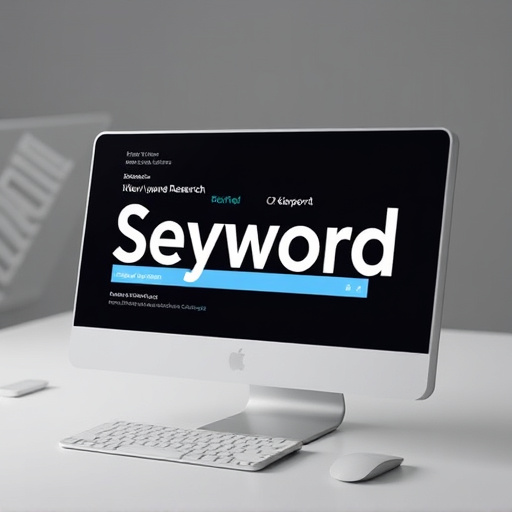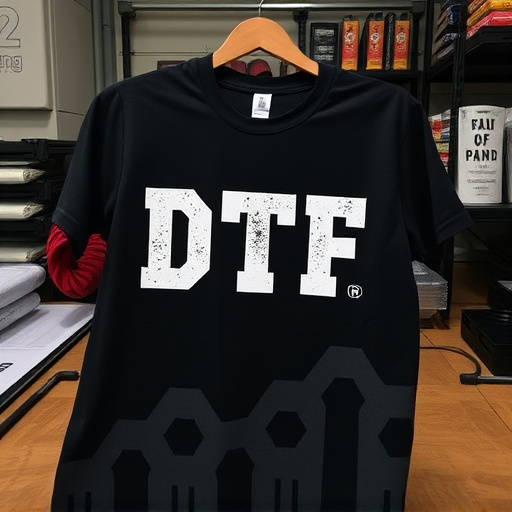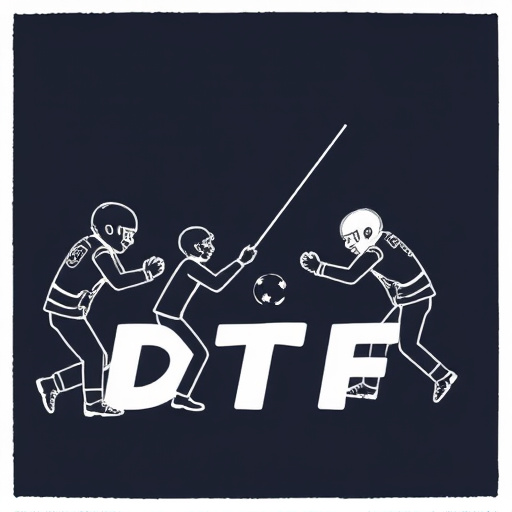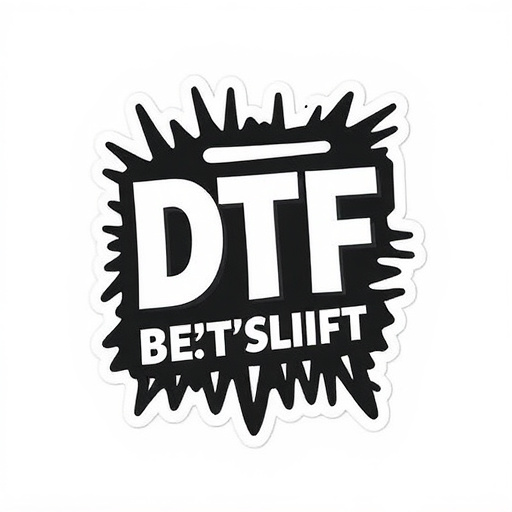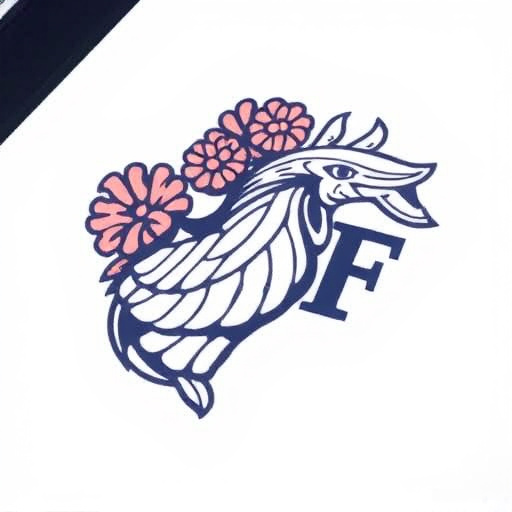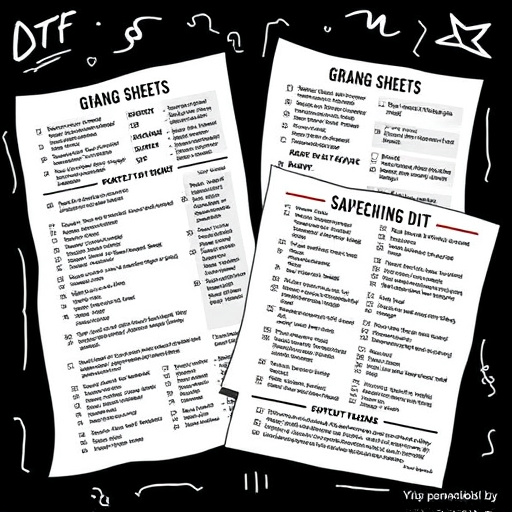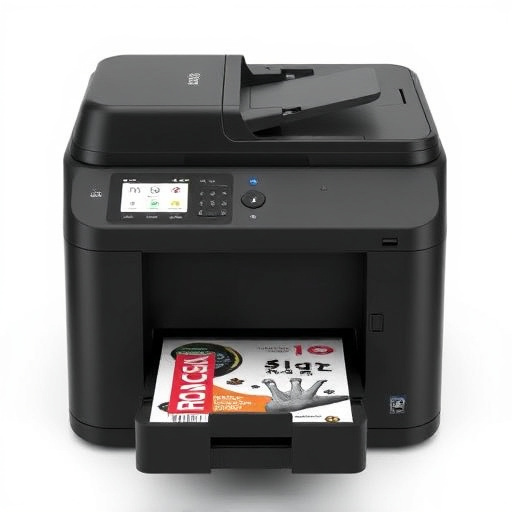To maximize the quality and durability of DTF Print Sheets for apparel, signage, and promotions, follow these guidelines: use SVG or PNG file formats with 300 DPI resolution and CMYK color mode, ensure high-resolution images (300 DPI+) to preserve details, save raster images in supported formats like PNG or JPEG with optimized profiles, align elements, set correct bleeds, use PDF format, and submit files via recommended online platforms or software with detailed specifications for fast, efficient production.
“Unleash your creative potential with DTF (Direct-to-Film) print sheets – a game-changer in the world of printing. This comprehensive guide equips artists and designers with the knowledge to prepare artwork files for seamless integration with DTF print sheet orders. From understanding crucial requirements to finalizing files, each step ensures optimal quality. Discover how to navigate this process efficiently, ensuring your designs translate into vibrant, high-quality prints. Get ready to revolutionize your art production.”
- Understanding DTF Print Sheets Requirements
- Preparing Your Artwork for Optimal Quality
- Finalizing and Submitting Files for Production
Understanding DTF Print Sheets Requirements
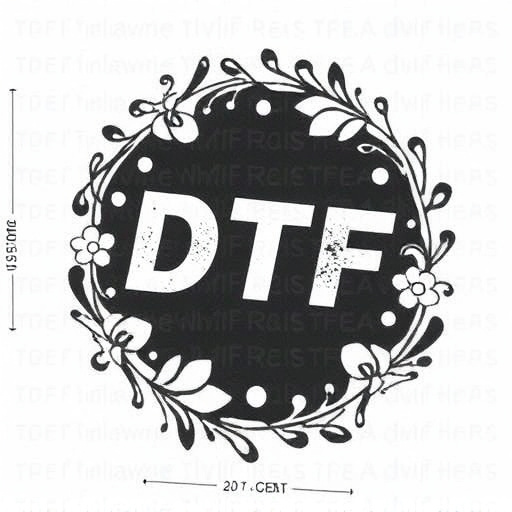
Understanding DTF Print Sheets Requirements
When preparing artwork files for DTF (Direct to Film) print sheets orders, it’s crucial to align your designs with specific technical requirements. DTF print sheets offer exceptional durability and quality, making them ideal for various applications such as apparel, signage, and promotional items. To ensure optimal results, adhere to the recommended file format (e.g., SVG or PNG), resolution (300 DPI), and color mode (CMYK) standards. These specifications guarantee that your intricate details and vibrant colors translate accurately onto the final print sheets.
Additionally, consider the size of the print area and the layout of the design in relation to the DTF logo transfers. Precise placement and alignment are essential for seamless integration of the artwork into the printing process. By meeting these dtf design requirements, you can maximize the impact of your designs while maintaining the superior dtf durability that this printing method offers.
Preparing Your Artwork for Optimal Quality

When preparing artwork for DTF Print Sheets orders, ensuring optimal quality is paramount to achieving exceptional results. Start by using high-resolution images, typically 300 DPI or higher, to capture intricate details and prevent pixelation on the final print. This is especially important for complex designs featuring fine lines, gradients, or text.
Next, consider file format compatibility. Vector graphics, like SVG or EPS, offer scalability without loss of quality, making them ideal for DTF applications. For raster images, ensure they are saved in a supported format (e.g., PNG, JPEG) and optimized for printing by reducing unnecessary colors or metadata. Correct color profiles and proper layering can also enhance the print quality. Remember, the goal is to create artwork that translates accurately onto the DTF Print Sheets, ensuring a cost-effective and visually appealing outcome, be it for logo transfers or other creative projects, utilizing the convenience of online ordering processes.
Finalizing and Submitting Files for Production

Once your artwork is complete and ready for print, the next crucial step is finalizing and submitting files for production. This involves ensuring your design meets all the technical requirements for DTF Print Sheets. Check that all elements are properly aligned, bleeds are set correctly, and color modes are appropriate for printing. Convert your file to a PDF format, as this is commonly accepted by print houses. A well-prepared dtf file preparation ensures a smooth printing process, leading to faster turnaround times and high-quality DTF Print Sheets.
Submitting your files should be done through the preferred methods provided by the print service, often involving online platforms or dedicated software. Ensure you include all necessary details about the desired specifications, quantity, and any special requests. With accurate dtf file preparation, you can expect a seamless experience with quick dtf fast delivery without compromising on print quality. The printing process is then set in motion, transforming your digital design into tangible DTF Print Sheets.
When preparing artwork files for DTF Print Sheets orders, ensuring optimal quality is paramount. By understanding the specific requirements and finalising your designs accordingly, you can achieve exceptional results. Each step, from file preparation to submission, contributes to a seamless production process, allowing you to deliver high-impact prints that meet or exceed expectations. Remember, the key lies in attention to detail and adhering to best practices for DTF Print Sheets.

